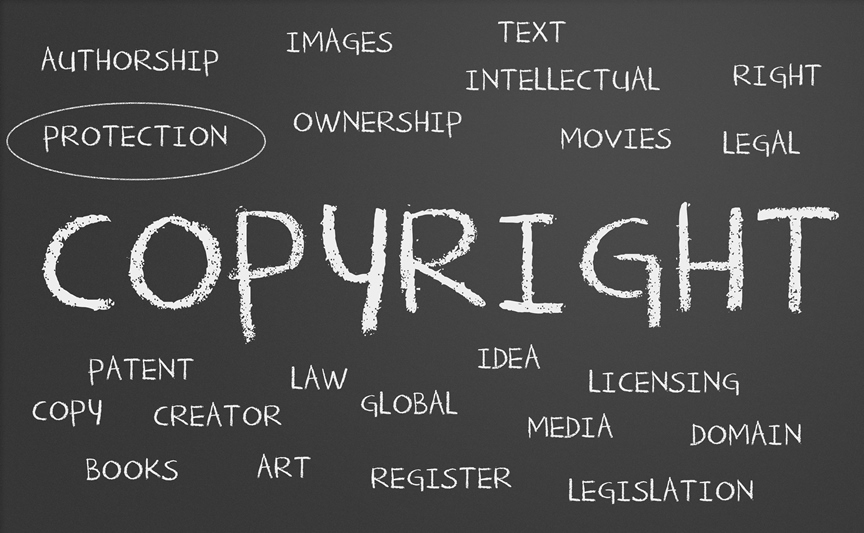Wouldn’t it be great to have Mickey Mouse with a cap and gown on the cover of your yearbook? What about having Family Guy characters in-between graduates portraits? While these maybe creative and fun ideas, have you stopped and considered whether you have the legal right to include these images in your yearbook? More than likely, you don’t.
Since no one on your committee is likely a copyright lawyer, it is important that every team member be familiar with basic copyright and trademark laws.
According to 1976 Copyright Act, only the creator of a copyrighted work or the owner of a copyright is legally allowed to reproduce, perform, display, distribute of or create variations of a work. Any unauthorized use of that material is considered  copyright infringement. If you use that image without obtaining permission from the copyright owner, there is the potential for legal action as well as a cease and desist to occur. For more details on copyright law, visit copyright.gov.
copyright infringement. If you use that image without obtaining permission from the copyright owner, there is the potential for legal action as well as a cease and desist to occur. For more details on copyright law, visit copyright.gov.
So how do you know if an image is copyrighted? For one, a watermark symbol may appear over the image or the copyright © symbol may appear next to the image. If you don’t see any of these, you may want to utilize Google and do a reverse-search on the image. This will allow you to view where the images have been posted, and possibly even tell you who the primary owner is.
Once you identify the owner, you will want to contact them to get written permission to allow you to utilize the photo or image in your yearbook. This can be a challenge as it can take a long time to get a reply from the owner and there is a chance that the owner will want to be compensated for your use of that image.
To avoid delays and any other challenges, you should consider using royalty free, stock photography images from websites such as Deposit Photos, ShutterStock and ThinkStock. Through these sites you can purchase great photos that you can use in your yearbook and not have to worry about any legal implications.
It is always recommended that before you submit your yearbook for printing that the book is reviewed by a high-ranking school official such as a Principal or Superintendent.
